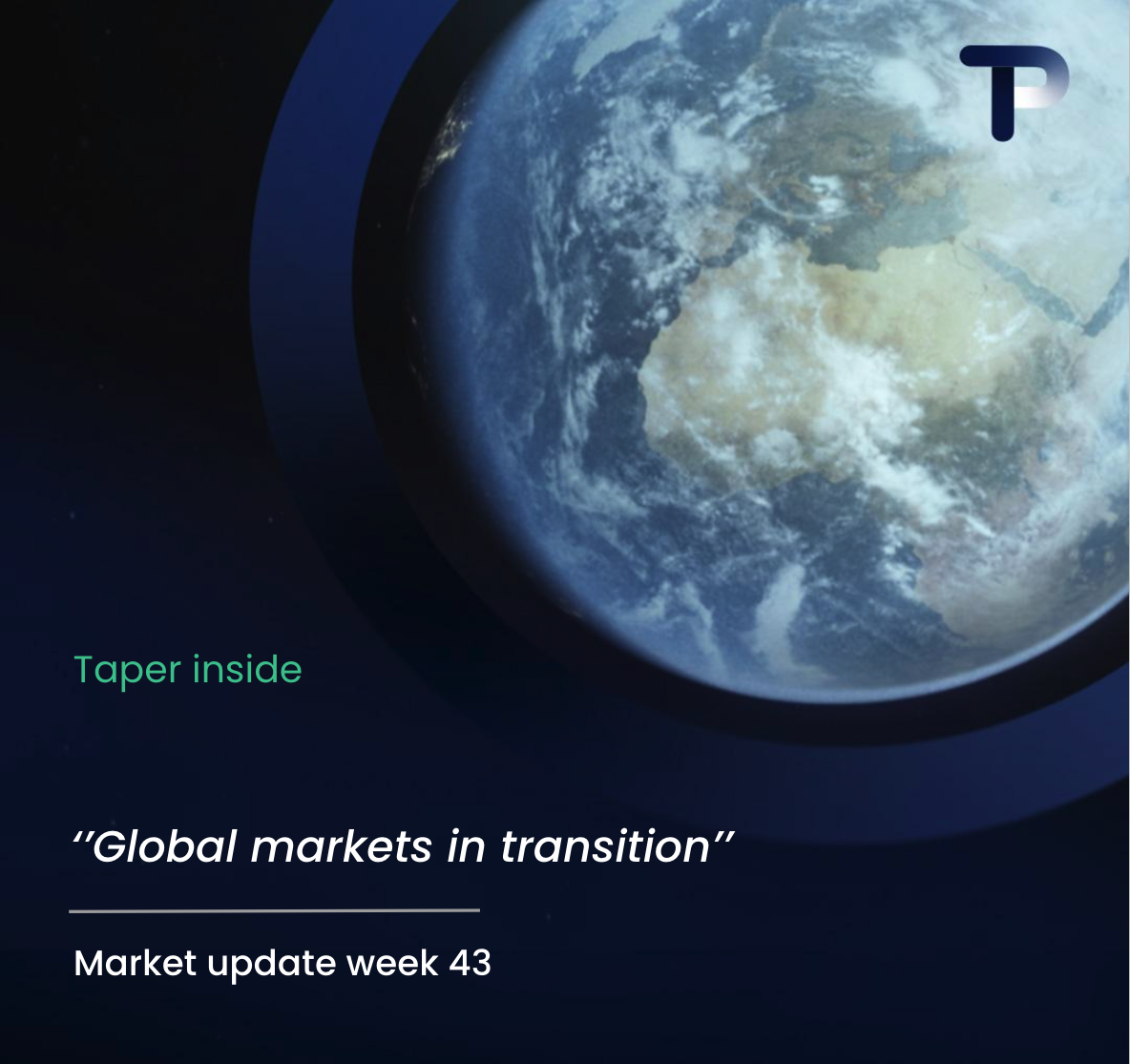Trade finance in supply chain management refers to the financial instruments and services that facilitate international trade transactions between suppliers, manufacturers, and buyers across global markets. These solutions include letters of credit, documentary collections, and supply chain finance mechanisms that help businesses manage payment risks, optimise cash flow, and maintain efficient operations throughout their international trading relationships.
Understanding trade finance in modern supply chain management
Trade finance serves as the financial backbone that enables smooth international commerce within complex supply chains. It encompasses a range of financial products and services designed to bridge the gap between when goods are shipped and when payments are received.
Modern supply chains often span multiple countries and involve numerous parties, from raw material suppliers to end customers. Each transaction point represents potential financial risk and cash flow challenges. Trade finance addresses these concerns by providing structured payment mechanisms that protect all parties involved.
The integration of trade finance into supply chain operations has become increasingly sophisticated. Rather than treating financial arrangements as separate from logistics, successful businesses now view trade finance as an integral component of their operational strategy. This approach enables better coordination between procurement, production, and distribution activities.
Multi-currency IBAN accounts and flexible payment solutions have revolutionised how businesses handle international payments. These tools eliminate the need for multiple foreign bank accounts whilst providing the transparency and control that modern supply chains require.
What is trade finance and how does it work in supply chains?
Trade finance operates through various financial instruments that facilitate secure transactions between trading partners whilst managing the inherent risks of international commerce. The most common mechanisms include letters of credit, documentary collections, and supply chain finance solutions.
Letters of credit function as payment guarantees issued by banks on behalf of buyers. When a supplier ships goods according to specified terms, the bank ensures payment upon presentation of required documents. This mechanism protects both parties by guaranteeing payment for the supplier whilst ensuring the buyer receives goods that meet agreed specifications.
Documentary collections involve banks acting as intermediaries to collect payments from buyers in exchange for shipping documents. This method provides more flexibility than letters of credit whilst still offering protection through the banking system’s involvement in the transaction process.
Supply chain finance solutions focus on optimising working capital throughout the entire supply chain. These programmes allow suppliers to receive early payment on invoices at competitive rates, whilst buyers can extend their payment terms without damaging supplier relationships.
| Trade Finance Instrument | Risk Level | Flexibility | Cost |
|---|---|---|---|
| Letters of Credit | Low | Limited | High |
| Documentary Collections | Medium | Moderate | Medium |
| Supply Chain Finance | Low | High | Low |
| Open Account | High | High | Very Low |
Modern trade finance also incorporates technology-driven solutions that streamline documentation, reduce processing times, and provide real-time visibility into transaction status. These digital platforms integrate with existing supply chain management systems to create seamless financial workflows.
Why is trade finance important for supply chain efficiency?
Trade finance solutions directly impact supply chain efficiency by reducing payment delays, minimising working capital requirements, and enabling businesses to scale their international operations whilst managing financial risks effectively.
Payment delays represent one of the most significant challenges in international supply chains. Traditional payment methods can result in lengthy settlement periods that disrupt cash flow and create operational bottlenecks. Trade finance instruments provide predictable payment schedules that allow all parties to plan their operations more effectively.
Working capital optimisation becomes particularly important as businesses expand internationally. Trade finance enables companies to maintain healthy cash flow whilst extending payment terms to customers or receiving early payment from buyers. This flexibility allows businesses to invest in growth opportunities rather than tying up capital in lengthy payment cycles.
Supplier relationships benefit significantly from well-structured trade finance arrangements. When suppliers have confidence in payment security, they’re more likely to offer competitive pricing, priority delivery schedules, and flexible terms. These improved relationships translate directly into supply chain advantages.
Risk mitigation through trade finance extends beyond payment security. Currency fluctuation protection, political risk coverage, and credit risk management all contribute to more stable and predictable supply chain operations. Businesses can focus on operational excellence rather than constantly managing financial uncertainties.
Scalability becomes achievable when trade finance removes traditional barriers to international expansion. Companies can enter new markets, work with unfamiliar suppliers, and handle larger transaction volumes without proportionally increasing their financial risk exposure.
Key takeaways for implementing trade finance in your supply chain
Successful trade finance implementation requires careful consideration of your specific business needs, choosing appropriate financial partners, understanding compliance requirements, and leveraging multi-currency payment systems for optimal supply chain performance.
Selecting the right financial partners involves evaluating their international network, technology capabilities, and understanding of your industry’s unique requirements. Partners with dedicated trade finance expertise can provide valuable guidance on structuring transactions and navigating regulatory requirements across different markets.
Compliance considerations vary significantly across jurisdictions and continue evolving with changing international trade regulations. Your trade finance strategy must account for documentation requirements, reporting obligations, and sanctions screening processes. Working with experienced partners helps ensure compliance whilst maintaining operational efficiency.
Technology integration plays an increasingly important role in trade finance success. Modern platforms should integrate seamlessly with your existing ERP and supply chain management systems. This integration enables automated workflows, real-time reporting, and improved visibility into financial and operational performance.
Cash flow management becomes more sophisticated with proper trade finance implementation. Businesses can optimise their working capital by timing payments and receipts to match operational requirements. This coordination between financial and operational activities creates competitive advantages through improved efficiency and reduced costs.
Regular review and optimisation of your trade finance arrangements ensures they continue meeting your evolving business needs. As your supply chain grows and changes, your financial solutions should adapt accordingly. This might involve adjusting credit facilities, exploring new instruments, or expanding into additional currencies and markets.
When you’re ready to optimise your supply chain finance operations, we at Taper offer comprehensive solutions including multi-currency IBAN accounts, competitive exchange rates, and flexible financing options specifically designed for international trading businesses. Our one-stop approach simplifies your financial operations so you can focus on growing your business.
Frequently Asked Questions
How do I choose between letters of credit, documentary collections, and supply chain finance for my business?
The choice depends on your risk tolerance, relationship with trading partners, and transaction volume. Letters of credit offer maximum security but are costly and rigid, making them ideal for new partnerships or high-value transactions. Documentary collections provide a middle ground for established relationships, while supply chain finance works best for ongoing partnerships where you want to optimise working capital across the entire chain.
What are the most common mistakes businesses make when implementing trade finance solutions?
The biggest mistakes include choosing instruments based solely on cost rather than suitability, failing to integrate trade finance with existing ERP systems, and not training staff on compliance requirements. Many businesses also underestimate the importance of selecting financial partners with strong international networks, which can lead to delays and higher costs in cross-border transactions.
How can small to medium-sized businesses access trade finance when they don't have extensive credit history?
SMEs can start with documentary collections or supply chain finance programmes that rely on buyer creditworthiness rather than their own. Many modern fintech providers offer alternative credit assessment methods based on transaction history and cash flow patterns. Building relationships with specialised trade finance providers who understand SME needs is also crucial for accessing competitive terms.
What documentation and compliance requirements should I expect when setting up trade finance arrangements?
Expect to provide detailed business registration documents, financial statements, trade references, and compliance certificates. You'll need to establish KYC (Know Your Customer) procedures, sanctions screening processes, and documentation workflows that meet both local and international regulatory requirements. Working with experienced partners helps navigate these complex requirements efficiently.
How do currency fluctuations affect trade finance arrangements, and how can I protect against them?
Currency fluctuations can significantly impact the cost and value of trade finance instruments. Protection strategies include using forward contracts to lock in exchange rates, selecting instruments denominated in your preferred currency, or working with providers offering natural hedging through multi-currency accounts. The key is to align your currency strategy with your operational cash flow needs.
What technology features should I look for in modern trade finance platforms?
Essential features include real-time transaction tracking, automated compliance screening, seamless ERP integration, and mobile access for on-the-go management. Look for platforms offering API connectivity, customisable reporting dashboards, and digital document management. The best solutions also provide predictive analytics to help optimise your working capital and identify potential supply chain disruptions.
How long does it typically take to set up trade finance facilities and see operational benefits?
Initial setup with established financial partners typically takes 2-4 weeks for basic facilities, though complex arrangements may require 6-8 weeks. You'll usually see immediate benefits in payment security and supplier confidence, while working capital optimisation benefits become apparent within the first quarter. The key is starting with simpler instruments and gradually expanding as you gain experience and build relationships.



